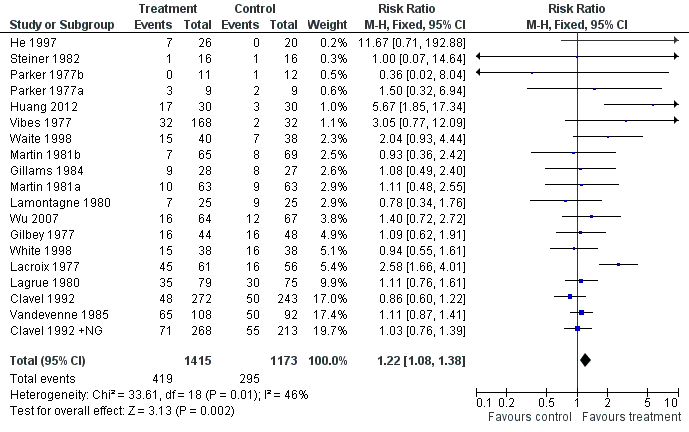Contenido relacionado
Revisiones y protocolos relacionados
Lindsay F Stead, Priya Koilpillai, Thomas R Fanshawe, Tim Lancaster | 24 marzo 2016
Dorie Apollonio, Rose Philipps, Lisa Bero | 23 noviembre 2016
Kristin V Carson‐Chahhoud, Jonathan Livingstone‐Banks, Kelsey J Sharrad, Zoe Kopsaftis, Malcolm P Brinn, Rachada To‐A‐Nan, Christine M Bond | 31 octubre 2019
Intervenciones farmacológicas para la promoción del abandono del hábito de fumar durante el embarazo
Ravinder Claire, Catherine Chamberlain, Mary‐Ann Davey, Sue E Cooper, Ivan Berlin, Jo Leonardi‐Bee, Tim Coleman | 4 marzo 2020
Joanna M Streck, Nancy A Rigotti, Jonathan Livingstone-Banks, Hilary A Tindle, Carole Clair, Marcus R Munafò, Cecely Sterling-Maisel, Jamie Hartmann-Boyce | 21 mayo 2024
Jonathan Livingstone‐Banks, Emma Norris, Jamie Hartmann‐Boyce, Robert West, Martin Jarvis, Emma Chubb, Peter Hajek | 28 octubre 2019
Regina M van der Meer, Marc C Willemsen, Filip Smit, Pim Cuijpers | 21 agosto 2013
Taghrid Asfar, Jonathan Livingstone-Banks, Kenneth D Ward, Thomas Eissenberg, Olusanya Oluwole, Zoran Bursac, Tarek Ghaddar, Wasim Maziak | 7 junio 2023
Kate Cahill, Tim Lancaster | 26 febrero 2014
Dennis Thomas, Michael J Abramson, Billie Bonevski, Johnson George | 10 febrero 2017
























